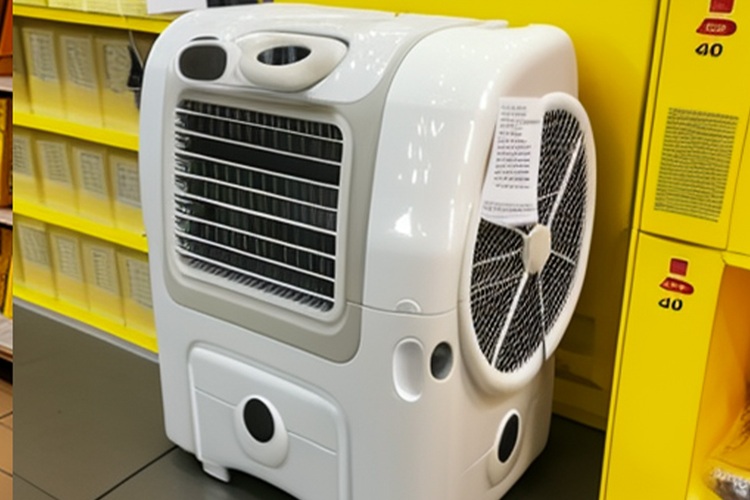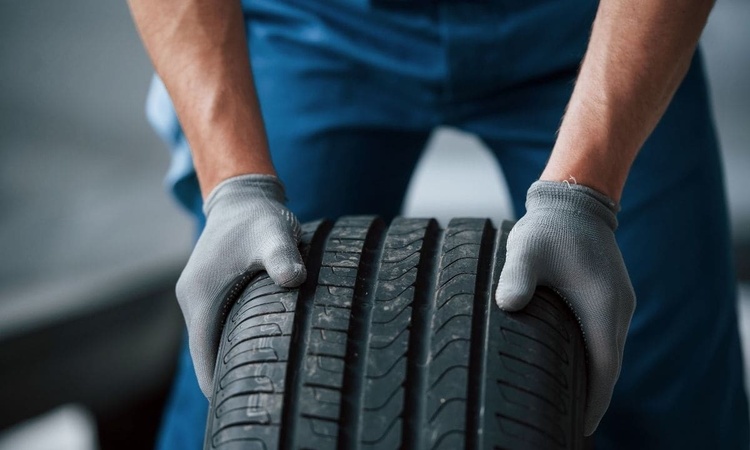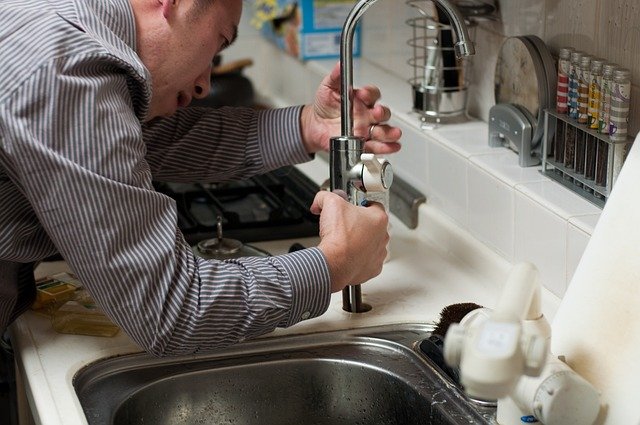Portable Air Conditioner Guide: Cooling Solutions for Summer Heat
Portable air conditioners have become a practical option for people seeking flexible cooling without installing permanent systems. These compact units can cool single rooms, be moved between spaces, and often require minimal setup. This article explains how portable air conditioners work, when they are most effective, and how to choose the right model to manage summer heat efficiently.

What is a portable air conditioner?
A portable air conditioner is a self-contained cooling unit designed to cool a single room or a limited area. Unlike central air conditioning, portable units are standalone and typically sit on the floor. They extract warm air from the room, pass it over cooling coils, and vent heated exhaust via a flexible hose through a window or wall opening. Many models also offer dehumidification and fan-only modes, adding versatility for different conditions.
Portable units vary in size and capacity, measured in British Thermal Units (BTU) or watts. The cooling capacity you need depends on room size, ceiling height, insulation, number of occupants, and sun exposure. Portable air conditioners are popular for rented homes, temporary cooling during renovations, or supplementing existing systems when a specific room becomes uncomfortably warm.
How does an air conditioner provide cooling?
Air conditioners provide cooling by transferring heat away from indoor air to the outside environment. Inside a portable unit, a refrigerant absorbs heat from room air as it evaporates in the evaporator coil. A compressor then pressurises the refrigerant, which releases the absorbed heat at the condenser coil. The warm air is expelled through the exhaust hose, while cooled air is circulated back into the room.
Efficient cooling relies on correct installation and adequate ventilation. A poorly sealed exhaust window or restricted airflow reduces performance and increases energy use. Regular maintenance — such as cleaning or replacing filters, clearing dust from coils, and emptying condensate reservoirs when required — helps maintain cooling efficiency and prolongs the unit’s lifespan.
When is a portable unit best for summer use?
Portable air conditioners are ideal for specific summer scenarios: cooling a single bedroom, a home office, or rooms that receive direct sunlight and become heat traps. They are useful where fixed installations are impractical, for example in listed buildings, temporary accommodation, or where permission for permanent ductwork is not granted.
However, for cooling multiple rooms or larger open-plan areas, a portable unit can struggle to maintain comfortable temperatures and may run continuously, increasing energy consumption. Consider using portable units alongside fans, blinds, and insulation improvements. Combining measures helps reduce the overall workload on the unit during peak summer heat.
How to manage indoor heat with a portable unit?
To manage indoor heat effectively, position the portable air conditioner where airflow is unobstructed and close to a suitable window for the exhaust hose. Keep windows and doors closed while the unit is running to prevent warm air ingress. Use curtains or external shading to reduce solar heat gain during the hottest parts of the day.
Monitor thermostat settings and use energy-saving features like timers and eco modes to avoid unnecessary running. Dehumidification modes can improve perceived comfort by removing humidity, which often accompanies summer heat. Regularly clean filters and check for blockages in the exhaust hose; restricted airflow increases the risk of overheating and reduces cooling performance.
How to choose the right portable air conditioner?
Selecting the right portable air conditioner begins with calculating the cooling capacity required for your room. A simple guideline is to match BTU ratings to room size, but adjustments are needed for high ceilings, large windows, or unusual heat loads such as many electronic devices or kitchens. Look for energy efficiency ratings and settings that suit your lifestyle, like programmable timers or remote control.
Consider noise levels, particularly for bedrooms or home offices. Energy efficiency also affects running costs, so check the unit’s energy consumption and compare models. If local services offer installation or maintenance, ask about recommended models and warranty coverage. Read reviews and, when possible, test units in-store to assess airflow and noise before purchase.
Conclusion
Portable air conditioners offer flexible cooling and can be an effective way to reduce summer heat in specific rooms or temporary settings. Understanding how they work, matching capacity to room requirements, and following good installation and maintenance practices will help you get reliable performance. Combining a portable unit with sensible heat management measures—such as shading, ventilation control, and routine upkeep—ensures more comfortable indoor conditions through the warmer months.






